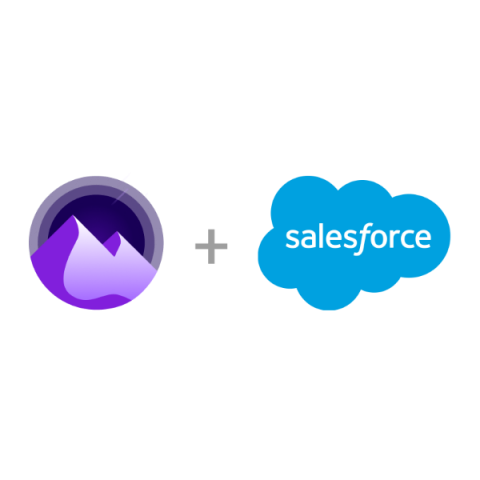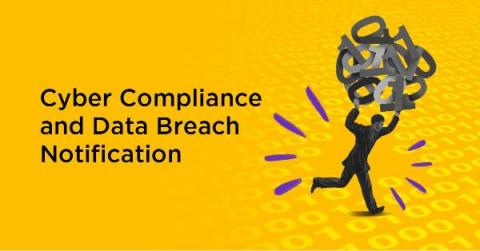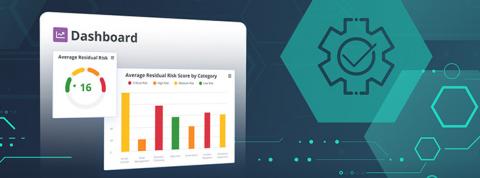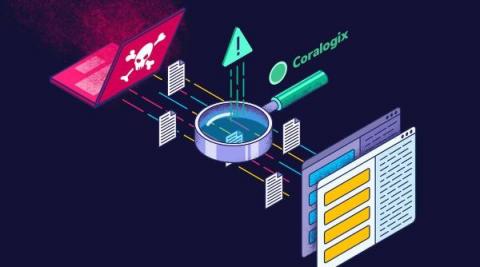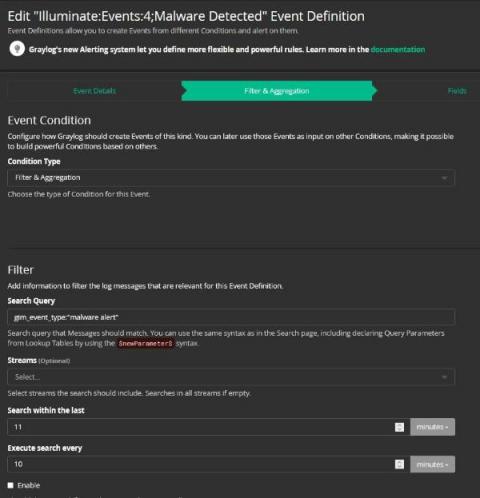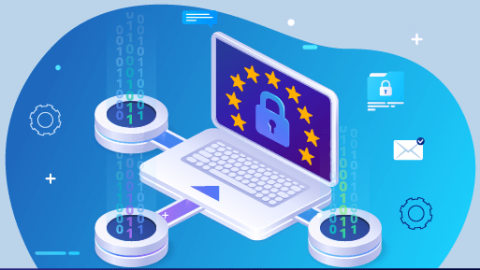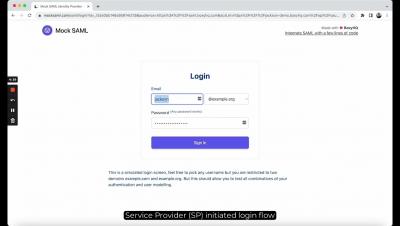Announcing Our Next Cloud-native Integration: Nightfall for Salesforce Enters Active Development
At Nightfall, our mission is to discover and secure sensitive data in every cloud application through a cloud-native, accurate, and performant platform. Since 2019, Nightfall has partnered with some of the world’s most innovative organizations to proactively eliminate data security risks across a fleet of SaaS applications via our native integrations for Slack, Atlassian Jira, Confluence, Google Drive, and GitHub.


